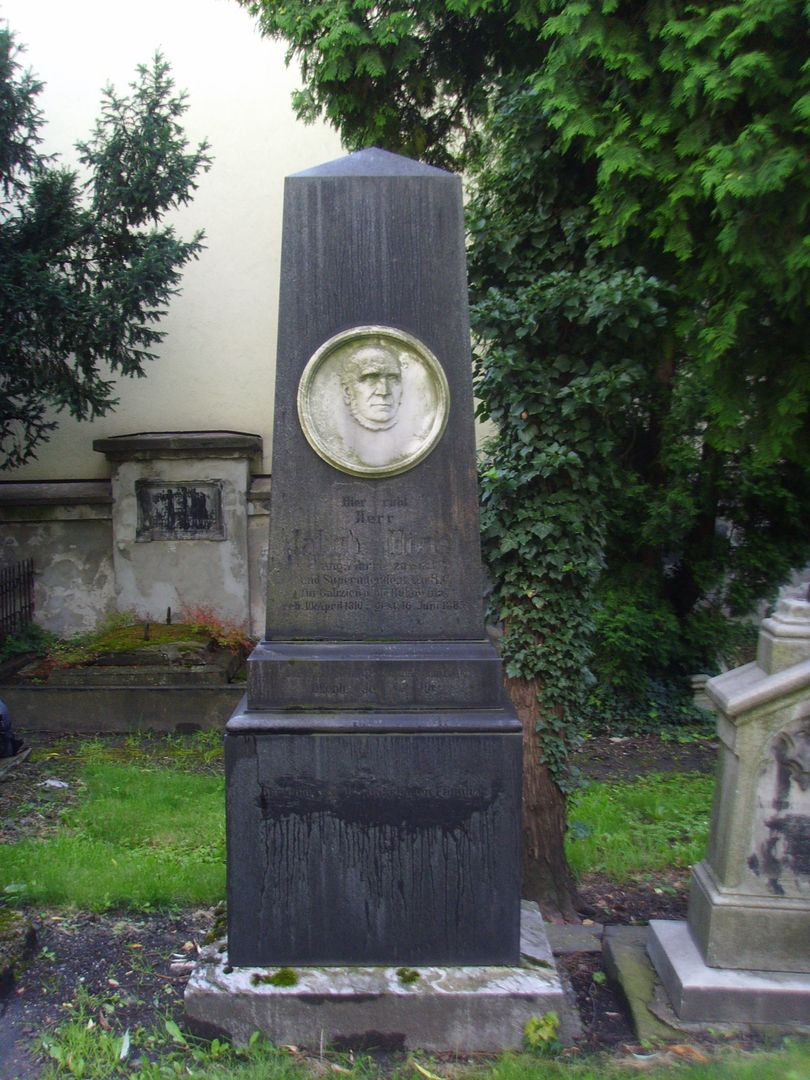Evangelical cemetery in Bielsko-Biała
6.82

Overview
The Evangelical Cemetery in Bielsko-Biała, located at 15 Piłsudskiego Street, was established in 1783, replacing an earlier, bi-denominational necropolis near the Martin Luther Church. Initially modest, the cemetery was expanded in the 19th century, in 1838 and 1867. It covers an area of 17,886 m² and has a trapezoidal shape. Inside, it is divided into five sections, including the oldest one, Section II, situated along the western wall. Surrounded by urban development, the cemetery has become a "hidden cemetery." The destruction that took place between 1945 and 1948 affected 75% of the German-language inscriptions, as part of the policy of "fighting German influence." Among those buried here are representatives of the 19th and early 20th-century Bielsko elite, including industrialists, scientists, intellectuals, theologians, and mayors. The cemetery is the final resting place of figures such as Rudolf Lukas, the mayor of Biała, and Kuno von Pongratz, mayor of Bielsko from 1922 to 1930. Interestingly, the oldest grave in the new cemetery belonged to a fifteen-day-old boy, Johanna Protzner. Despite historical turmoil, the cemetery has retained some of its original green layout, a testament to its former beauty. The structures and tombs in the cemetery are a valuable contribution to the regional heritage, reflecting its architectural merits and significance to the local community.
Location
2025 Wizytor | All Rights Reserved